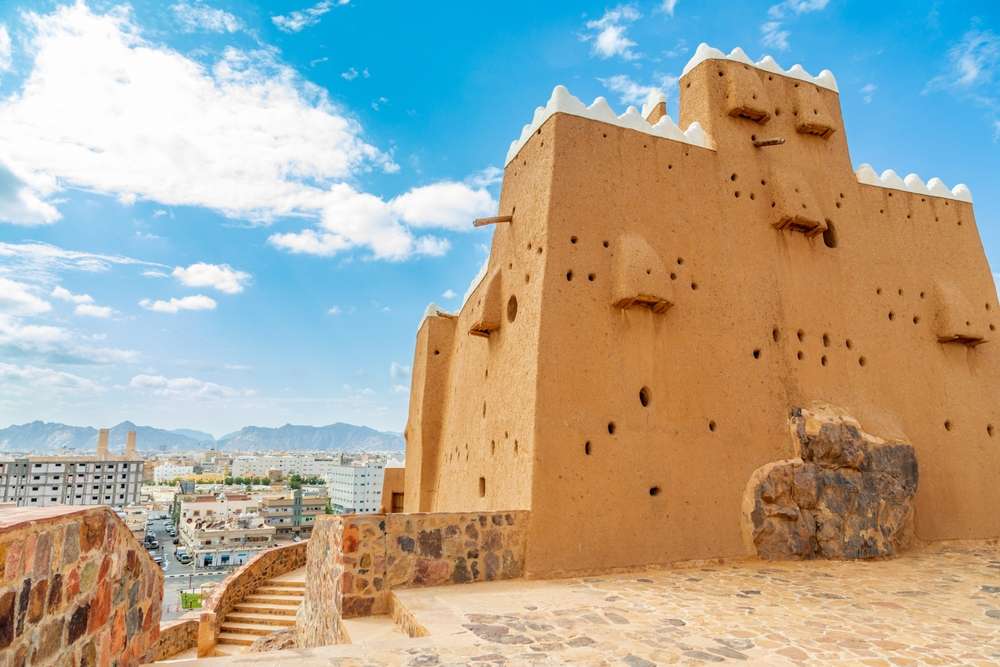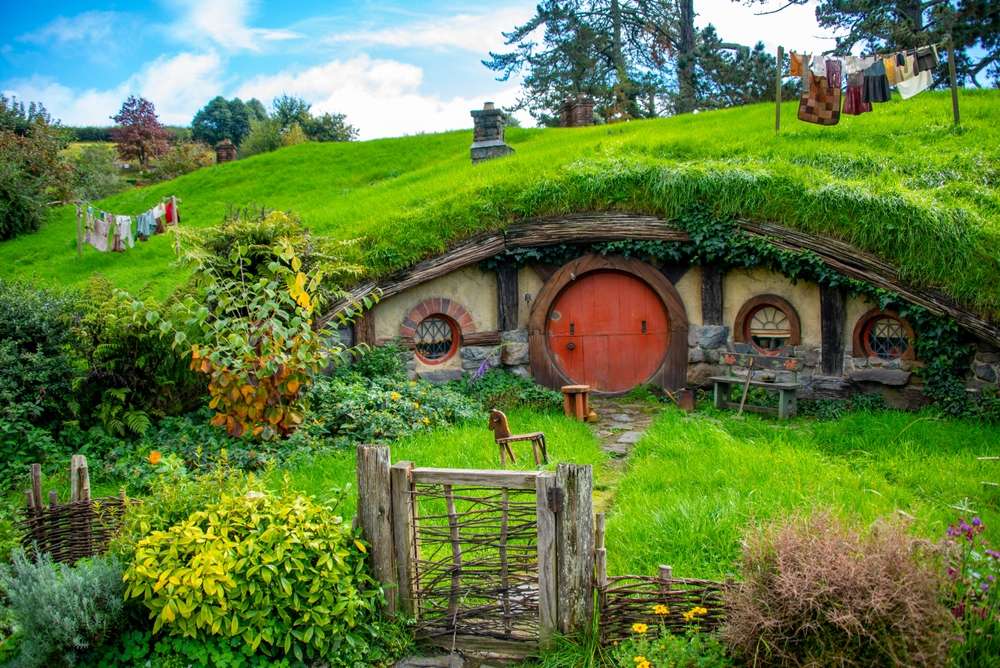Some of the most amazing oases in the world are in the middle of the great Arabian Desert, a terrain sometimes connected with never-ending dunes and parched plains. Spaced over Saudi Arabia, these natural havens stand out from the surrounding hostile desert landscape. They are cultural and historical sites and sites of natural beauty that link the past to the present. Those who travel to discover Saudi Arabia’s oasis still enthral their minds since they live in monuments to the resiliency of nature and human creativity.
A Respite in the Sands
An oasis appeals to people because it promises vitality amid devastation. For millennia, these pockets of vegetation have been vital sources of life for colonists and visitors. Oasis has long been an essential stopover along trade routes like the old Incense Route in Saudi Arabia, facilitating trade and cultural interaction throughout the country. They are still icons of serenity and endurance today.
Al-Ahsa, a UNESCO World Heritage site in Eastern Province, is among Saudi Arabia’s most well-known oases. The biggest oasis in the world, covering more than 30,000 acres, is home to about 2.5 million date palms. Its rich scenery, derived from natural springs, contrasts vibrantly with the nearby desert. Al-Ahsa is a cultural center as well as a natural beauty, with its old mosques, historic forts, and busy markets highlighting the rich legacy of the area.
SAUDI VISA FOR ESTONIAN CITIZENS
The Hidden Gem of Al-Ula
Al-Ula is another fascinating oasis that has drawn attention from all over for its amazing mix of historical value and natural beauty. Surrounded by spectacular sandstone cliffs and rock formations, it is a refuge of palm trees and rich agricultural land. Additionally, it is a gateway to some of Saudi Arabia’s most famous archaeological sites, notably the first-century CE ancient Nabatean city of Hegra (Madā’in Sālih).
Al-Ula distinguishes itself by its special ability to blend the peace of an oasis with the mystery of a historical treasure store. Before seeing centuries-old tombs cut into the sandstone cliffs, visitors can meander over the verdant gardens, where citrus and pomegranate trees abound. Like any other, al-Ula is a unique site because of its contrast in human history with natural beauty.
The Springs of Wadi Al-Dawasir
Situated in the southernmost point of the Najd region, Wadi Al-Dawasir provides yet another illustration of the desert’s secret life. Long the heart of trade and agriculture, this oasis is well-known for its beautiful date farms and natural springs. Wadi Al-Dawasir’s residents have perfected using few resources to grow food and maintain their towns.
The traditional irrigation methods of this oasis, which mirror the inventiveness of its residents, are noteworthy. By diverting water from subterranean springs through complex networks of canals, they have created a sustainable habitat supporting people and wildlife. Wadi Al-Dawasir’s harmonic mix of nature and human adaptation is evidence of the continuous link between the desert and its people.
The Enchantment of Tayma
Another oasis that has been rather important for the history of the northwest of Saudi Arabia is Tayma. Renowned for its archaeological significance, Tayma was once a hive of trade and culture. Ancient ruins encircle it, including inscriptions and relics that offer a window into the oasis’s legendary past.
Still today, Tayma’s natural beauty is as striking as its past. Its date palms are like sentinels of a timeless landscape; its springs and wells maintain a rich ecosystem. The peace of Tayma’s oasis invites guests to travel back in time and savour the desert’s timeless appeal, which contrasts with busy modern society.
SAUDI VISA FOR FINNISH CITIZENS
A Symbol of Hope and Sustainability
Saudi Arabia’s oases are monuments of sustainability and resiliency, not only natural beauty. These desert gems remind us of the careful equilibrium between nature and human life at a time when climate change presents major difficulties. Initiatives to safeguard these oasis highlight their significance as cultural and historical sites as well as natural havens.
Investigating these oases exposes an aspect of Saudi Arabia that is sometimes disregarded. These pockets of life provide a window into the nation’s complex fabric of nature, history, and culture outside the great deserts and contemporary cities. These are places where time seems to stop, and the whispers of the past meld naturally with the splendour of the present.
Ultimately, the oasis of Saudi Arabia experiences more than mere locations. They are reminders that life can blossom even in the most improbable locations. There is no better place to start than these breathtaking natural beauties for anyone trying to discover the soul of the desert.
Read more: Exploring Egypt’s Religious Heritage: Mosques, Churches, and Temples



